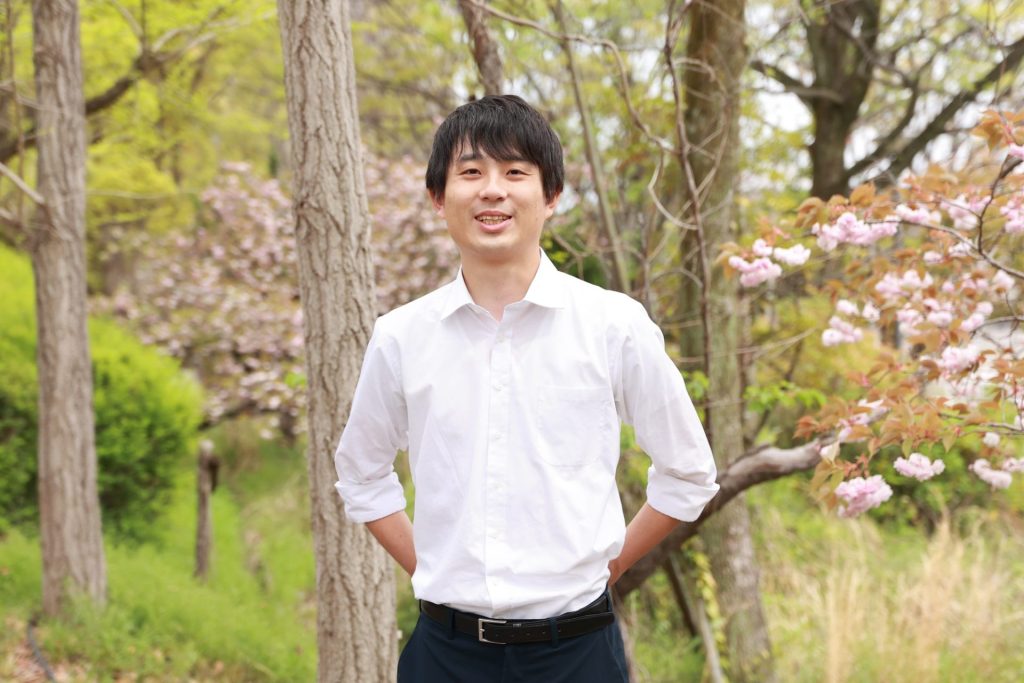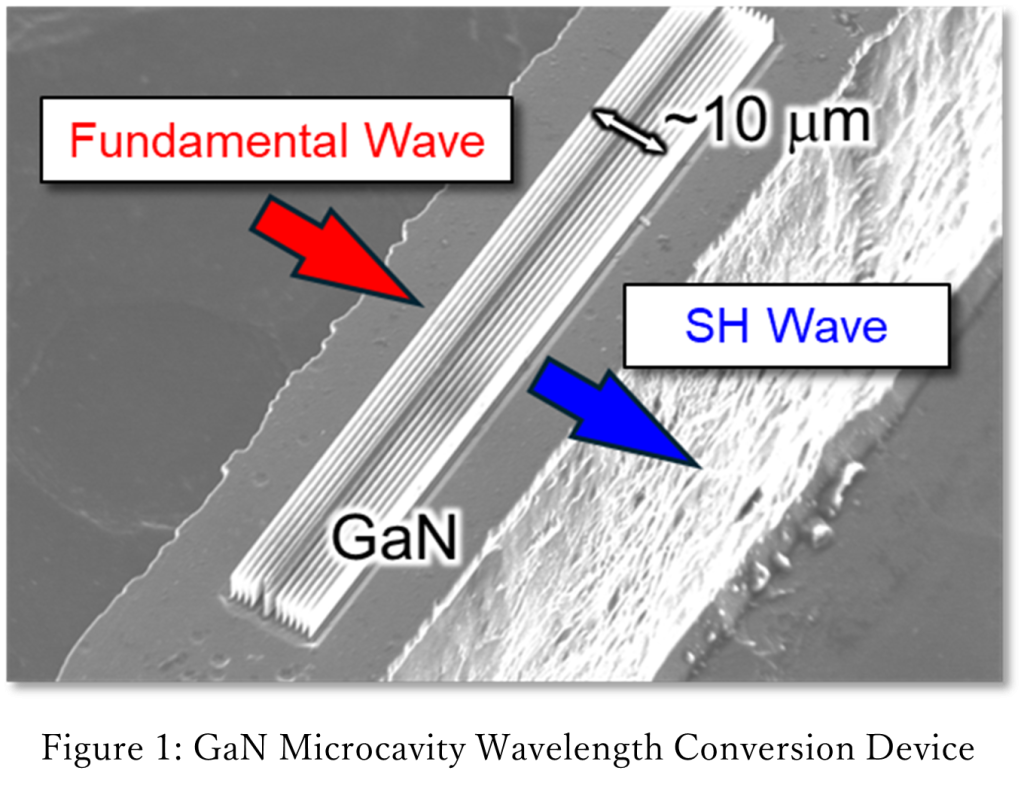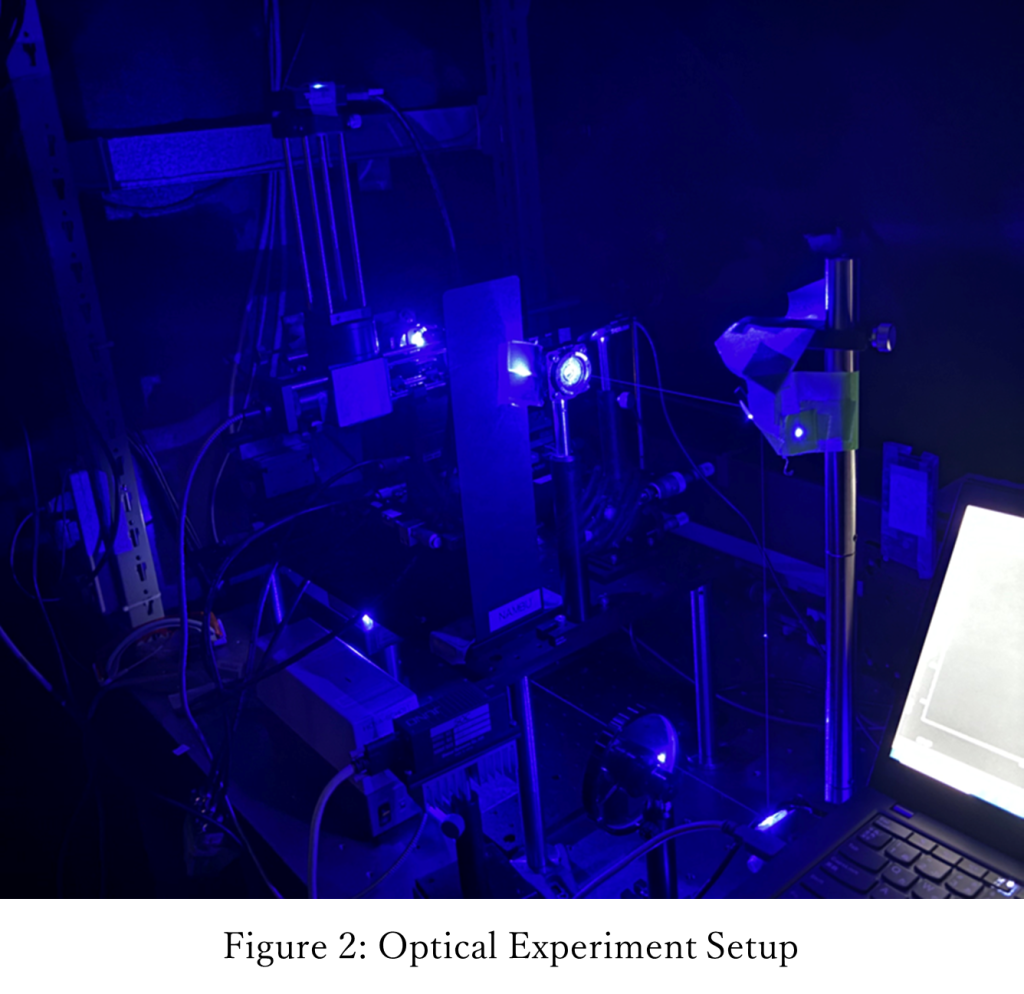Welcome to ILE! Interview with Asst Professor Nambu on his arrival
Mr.Tomoaki Nambu has joined Photon Beam Science Research Division as an Assistant professor from Mar 2024.

What is your current research and theme?
I am conducting research aimed at realizing devices with unprecedented functionalities by creating artificial, fine structures on an extremely small scale—on the order of nanometers (1/10,000,000 of a centimeter)—within crystals where atoms are arranged in an orderly manner. This process, which involves intentionally creating unique structures within well-arranged crystals, may seem paradoxical at first glance, but it actually enables the development of innovative devices.
For example, we are working on devices that can freely change the color (wavelength) of light. This technology is known as “wavelength conversion.” When a specific wavelength of laser light is applied to a crystal (device) with finely crafted structures, the wavelength is converted into another wavelength—in other words, the color of the light changes. By optimizing the type of crystal and the structure we fabricate, we can create new laser wavelengths that have never existed before. In particular, we are conducting research to convert blue-violet light into deep ultraviolet (DUV) light. DUV light has an extremely short wavelength, allowing it to be focused into very small spots. This characteristic can be utilized for high-precision semiconductor microfabrication and precise inspections. However, the DUV laser sources currently in practical use are primarily large and expensive gas lasers, which not only have high operating costs but also require large-scale equipment for installation and operation. Therefore, there is a demand for next-generation, more compact, and user-friendly DUV laser sources. In response to this, we aim to achieve a compact and efficient DUV laser source, fingertip-sized, by converting the wavelength of the already practical, small, and highly efficient blue-violet lasers. We believe that if such light sources are realized, they will contribute to wide-ranging technological innovations in industries and medical fields.
In another research project, we are collaborating with overseas research institutions (such as ELI-NP) to develop “unbreakable” optical elements for next-generation ultra-high-power lasers. Ultra-high-power lasers are the only method to achieve extreme conditions, such as high density, high temperature, and high pressure, on Earth. These extreme conditions can be used, for example, to explore new material states and new materials, such as super-diamonds, which are said to exist only in the inner cores of giant Earth-like planets. To realize such ultra-high-power lasers, optical elements that can withstand their immense power are essential. These elements can be realized by skillfully creating nanometer-scale structures, but this requires a deep understanding of physical phenomena and precise design. We are working to overturn the conventional wisdom of high-power lasers by pursuing the development of ultra-high-strength optical elements of the highest quality in the world.
What are some of the results of your research?
As part of our research achievements, we have, for example, successfully converted red laser light into blue light by creating fine structures that strongly confine light within a semiconductor crystal called gallium nitride (GaN), which is widely used as a material for blue light-emitting diodes (LEDs) (Figure 1). This success demonstrated the operating principle of the newly proposed wavelength conversion device. Furthermore, we have also successfully generated DUV laser light using a wavelength conversion device fabricated from SrB4O7 (SBO), a borate optical material independently developed at The University of Osaka. By developing entirely new wavelength conversion devices that combine novel crystals and innovative structures, we are advancing research toward the practical implementation of ultra-compact, high-efficiency DUV laser light sources.

What do you find rewarding, fun, or interesting about your research?
I find great joy in research through the ability to bring my ideas to life. Starting with the consideration of which crystal to use and what structure to apply, and continuing through the design, fabrication, and optical property evaluation, being able to manage the entire process on my own is incredibly rewarding. The moment when a device, which has taken a long time to develop, functions exactly as intended is an irreplaceable and truly special experience.

Could you give a message to juniors who are aspiring to become researchers?
To find joy in research, I encourage you to wholeheartedly take on various challenges. When a new idea comes to mind, don’t hesitate to consult with your professor or lab members and give it a try. Being in an environment where even small ideas can be discussed is incredibly valuable and will lead to significant growth. At the Laser Science Research Institute of The University of Osaka, we have an excellent environment where free and open discussions are encouraged. I am genuinely looking forward to the day when we can make new discoveries together.
